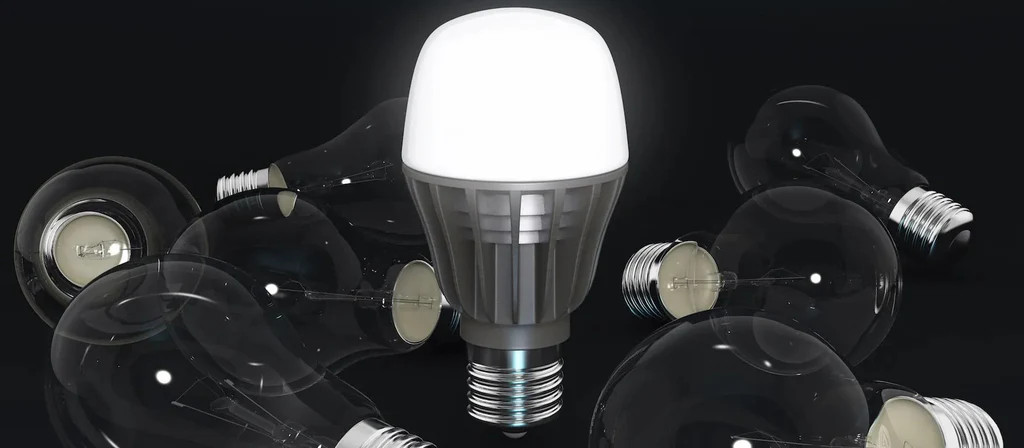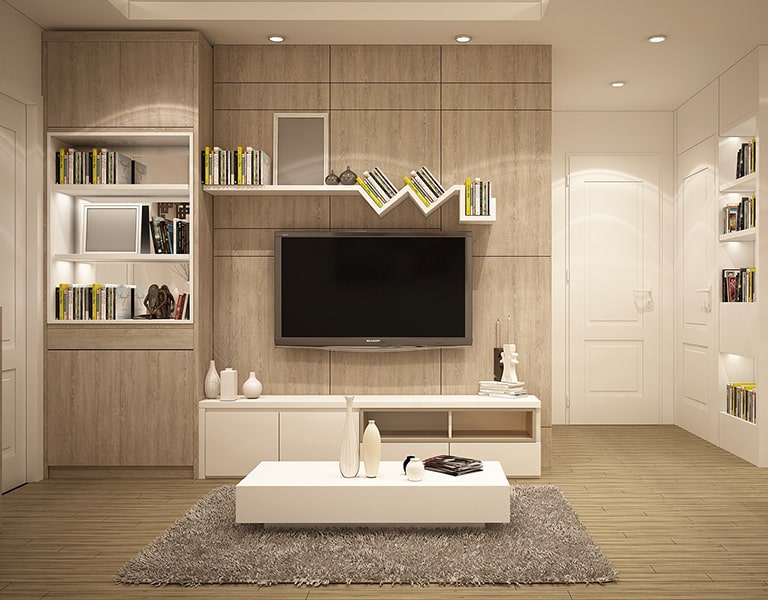Your Complete Guide to Optimal Lighting
When it comes to lighting your home or workspace, understanding lumens is essential to ensuring that you get the right amount of light for your needs. But what exactly are lumens, and how do they affect your lighting decisions? This guide will break down the concept of lumens and show you how to use them to create the perfect lighting environment.

1.What Are Lumens?
Lumens (lm) are a measure of the total amount of visible light emitted by a source. Essentially, lumens tell you how much light a bulb produces. The higher the lumen count, the brighter the light. For instance, a 100-watt incandescent bulb typically produces around 1600 lumens, whereas an energy-efficient LED bulb might generate the same amount of lumens using only 14-20 watts.
Unlike watts, which measure energy consumption, lumens are a true representation of light output. This makes lumens the most important factor in determining the brightness of your lighting.
2.How Many Lumens Do You Need?
The number of lumens you need depends on the purpose of the room and the type of activity you will be doing. Here are some guidelines to help you estimate the ideal lumens for different spaces:
Living Rooms & Bedrooms: 10-20 lumens per square foot. Living spaces benefit from softer, ambient lighting to create a comfortable and relaxing environment. For instance, a living room of 200 square feet may need about 2000-4000 lumens.
Kitchens: 30-40 lumens per square foot. Kitchens require brighter, more focused light for tasks like cooking and cleaning. A 100-square-foot kitchen would need around 3000-4000 lumens.
Bathrooms: 50 lumens per square foot. Bathrooms, especially around mirrors, need bright light for grooming. A 50-square-foot bathroom should have at least 2500 lumens.
Offices & Study Areas: 30-50 lumens per square foot. Bright lighting is crucial in spaces where you read, write, or work. A 150-square-foot home office may require 4500-7500 lumens.
3.Choosing the Right Bulb Based on Lumens
Understanding lumens helps when selecting the right bulb. Here’s a breakdown of how different bulb types compare:
Incandescent Bulbs: Traditional incandescent bulbs have lower lumens for the same wattage. A 60-watt incandescent bulb gives off around 800 lumens, while a 100-watt bulb provides 1600 lumens.
LED Bulbs: LED bulbs are highly efficient, providing more lumens per watt than incandescent bulbs. For example, a 10-watt LED bulb may produce 800 lumens, while a 12-watt LED might produce 1200 lumens.
CFL Bulbs: Compact fluorescent lamps (CFLs) are also energy-efficient and offer a good lumen output. A 15-watt CFL may produce 900 lumens, which is similar to a 60-watt incandescent bulb.
4.Lumens and Light Quality: Brightness vs. Intensity
When you think about lighting, brightness (lumens) is often confused with intensity or how the light is distributed. A room with high lumen output might still feel dim if the light is poorly distributed. This is where the type of lighting fixture (e.g., pendant, recessed, wall-mounted) and the color of the light (warm vs. cool tones) come into play.
Warm Light (2700K-3000K): Ideal for creating a cozy, inviting atmosphere. Best for living rooms, bedrooms, and dining areas.
Cool Light (4000K-5000K): Works well for task-oriented spaces like kitchens, offices, and bathrooms. Cool light helps with focus and visibility.
Daylight (5000K-6500K): Provides a bright, white light similar to natural daylight. Perfect for workspaces where precision and attention to detail are needed.
5.Adjusting Lumens with Dimmers
Sometimes, it’s not about the number of lumens but how you control them. Dimmers are a great addition to any lighting setup, as they allow you to adjust the light intensity to suit different tasks or moods. This gives you flexibility, especially if you have high-lumen bulbs in your space but need to tone down the light for relaxation or ambiance.
6.The Role of Lumen Efficiency
Lumen efficiency is a measure of how many lumens a bulb produces per watt of energy consumed. A higher efficiency means more light for less energy. When selecting bulbs, consider lumens per watt (lm/W) to maximize energy savings. For instance:
- Incandescent bulbs have around 10-15 lumens per watt.
- LED bulbs can provide 80-100 lumens per watt or more.
- CFLs fall in the middle, with 50-70 lumens per watt.
7.How to Optimize Your Lighting Setup
To achieve optimal lighting, you need to combine lumens with the right placement and type of lighting:
Layered Lighting: Use a combination of ambient, task, and accent lighting. For example, overhead lights for general lighting, task lights for reading or cooking, and accent lights to highlight artwork or architectural features.
Natural Light: Maximize natural daylight to reduce the need for artificial lighting. Position mirrors, open curtains, and use light-colored walls to reflect daylight.
Smart Lighting: Consider installing smart lighting that allows you to adjust brightness, color temperature, and even automate lighting schedules to enhance your space.

